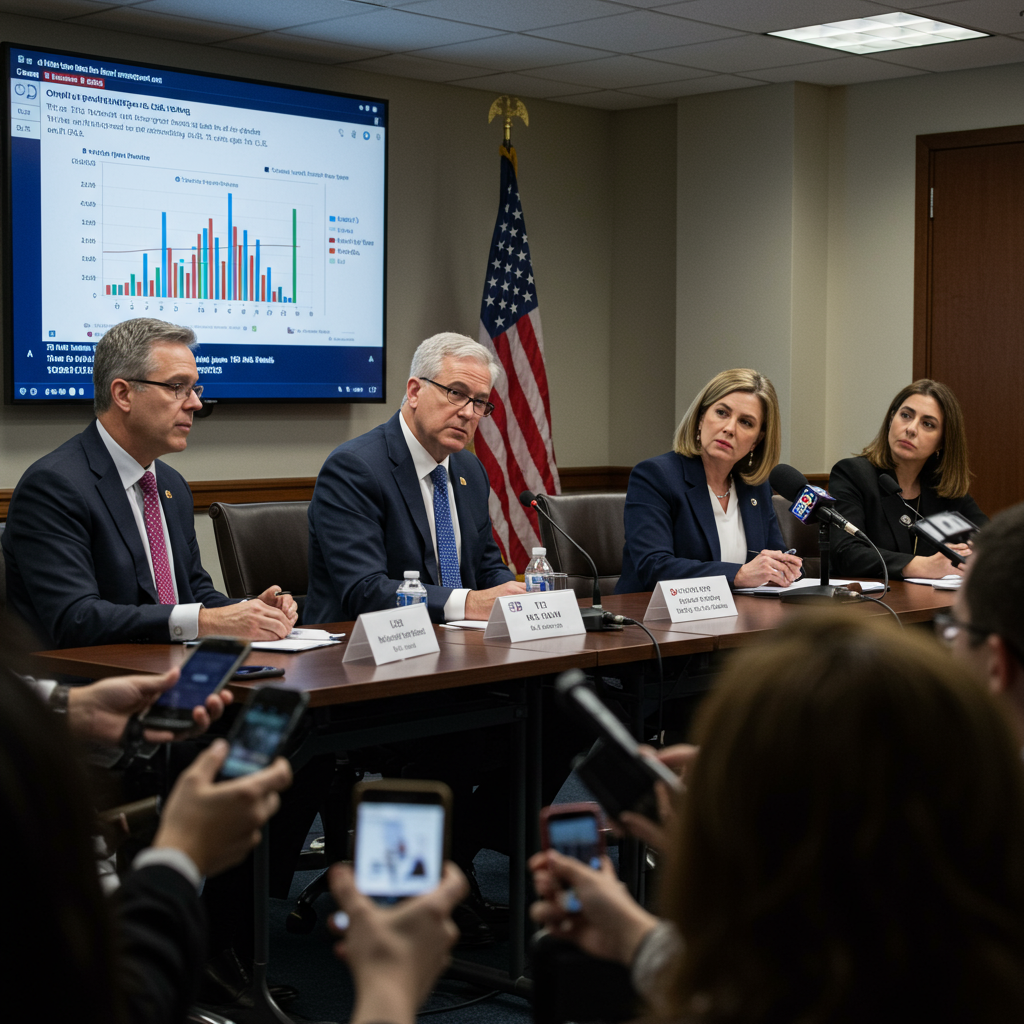Report: Trump Opposed Israeli Plan to Target Iran’s Supreme Leader Amid Escalation
According to multiple U.S. officials, former President Donald Trump reportedly rejected an Israeli proposal to assassinate Iran’s Supreme Leader, Ayatollah Ali Khamenei. This revelation comes amidst intense and escalating exchanges of strikes between Israel and Iran, a conflict Trump has publicly stated he prefers the United States to avoid being drawn into directly for now.
The alleged plan surfaced over a recent weekend, coinciding with a period of heightened military activity following Israel’s initial strikes on Iranian sites. Sources indicate Israel presented the plan to the Trump administration, believing they had a viable “opportunity” to carry out the action. However, after being briefed, the White House, through President Trump, communicated its clear opposition to the plan to Israeli officials. The plan was subsequently not executed.
Why the White House Objected
The primary motivation behind Trump’s reported intervention was a strong desire to prevent the ongoing conflict from spiraling into a wider, more volatile regional war. Administration officials expressed concerns that eliminating Iran’s top leader could drastically inflame tensions and destabilize the entire Middle East.
Furthermore, a senior official within the Trump administration highlighted a key threshold for direct U.S. offensive action against Iran’s leadership: the killing of an American. “Have the Iranians killed an American yet? No,” the official was quoted as saying. “Until they do, we’re not even talking about going after the political leadership.” Trump himself has emphasized a preference for de-escalation, influenced in part by the changing political landscape within his own party and a weariness of becoming entangled in another protracted Middle East conflict.
Trump remains focused on pursuing the possibility of a peace deal between Israel and Iran, a goal he believes is achievable, perhaps “soon,” and one he feels capable of brokering, drawing parallels to his past involvement in de-escalating tensions elsewhere.
Netanyahu’s Response and Israel’s Stance
When questioned about reports of such a plan and the alleged U.S. rejection, Israeli Prime Minister Benjamin Netanyahu avoided directly confirming or denying the specific details. He dismissed reports of this nature as “so many false reports of conversations that never happened,” stating he would not elaborate further. However, he affirmed Israel’s commitment to its security, adding, “we do what we need to do, we’ll do what we need to do,” and that he believes the United States understands its own interests. A spokesperson for Netanyahu reportedly labelled the reports about Trump rejecting the plan as “FAKE.”
Despite Netanyahu’s public denial of the specific conversation, an Israeli official offered insight into their potential targeting rationale. While stating that “in principle,” Israel does not target political leaders, the official added a significant caveat: anyone involved in decisions regarding Iran’s nuclear and military programs “should be changing bedrooms at night,” implying that individuals in such roles, including the Supreme Leader who makes these decisions, are legitimate targets under this expanded rationale, even if not strictly labeled “political leaders.”
Conflict Escalation and Impact
The reported U.S. intervention occurred against the backdrop of a deadly, intensifying conflict now entering its third day of significant exchanges. Both sides have launched substantial strikes:
Israel’s Targets: Israel has broadened its strikes beyond initial nuclear facilities to include Iranian oil depots, missile sites, and military infrastructure. Strikes have hit numerous locations across Iran, including targets near Tehran (Foreign Ministry, police headquarters, residential areas, areas near airports), western Iran (missile sites), and eastern Iran (Mashhad airport, reportedly Israel’s longest-range strike). Israeli military officials claim to have struck hundreds of targets, destroying over 720 components, with the goal of removing existential threats and preventing Iran from developing nuclear weapons. Officials note progress at sites like Natanz but indicate “the job’s not done,” with the Fordow nuclear site reportedly not yet targeted. Iran has confirmed hits on a defense ministry site in Isfahan and a residential building in Tehran.
Iran’s Targets: Iran has retaliated with drone and missile attacks aimed at Israeli cities, including Tel Aviv and Haifa. These strikes have resulted in significant casualties and damage in Israel, with reports of 13 people killed (including children), over 370 injured, and dozens missing. A direct missile hit on a ten-story building in Bat Yam, a Tel Aviv suburb, was particularly devastating, causing six deaths and widespread damage – described by some as the deadliest Iranian airstrike against Israel. Other casualties included an Arab-Israeli family killed in Tamra. Iranian strikes have also damaged oil pipelines and transmission lines in Haifa.
The conflict has instilled fear and disruption among civilians on both sides. Explosions and defense systems have been reported in Tehran, leading to panic, heavy traffic as residents attempt to flee, and the use of public facilities like the metro, mosques, and schools as shelters. Israeli residents have credited early warning systems and accessible bomb shelters with potentially limiting further casualties from the Iranian attacks, which triggered sirens across almost the entire country.
The U.S. Position and Diplomatic Efforts
Despite offering defensive support by helping Israel intercept incoming Iranian strikes, the U.S. has stopped short of joining Israel’s military in offensive operations. President Trump has explicitly denied direct U.S. involvement in Israel’s attacks on Iran.
However, Trump has issued stern warnings to Iran, stating that if the U.S. or its assets in the region are attacked “in any way, shape or form,” the U.S. military’s response would be unprecedented in scale. While maintaining this red line, Trump has also publicly expressed hope for a negotiated solution, even suggesting the possibility of a deal between Iran and Israel. He stated the U.S. can “easily get a deal done… and end this bloody conflict.”
The U.S. reportedly gives implicit approval to Israel’s current operation proceeding over a timeframe of “weeks, not days.” Internally, there remains significant skepticism within the White House about deeper U.S. involvement.
Diplomatic efforts have been complicated by the escalation. Previously scheduled U.S.-Iran nuclear talks mediated by Oman were canceled. Iran reportedly conveyed unwillingness to negotiate a ceasefire while still under Israeli attack.
The dynamic creates a complex challenge for the U.S. administration, balancing strong support for Israel with a desire to avoid being pulled into a new major war, particularly one perceived by some domestic voices as not serving direct U.S. interests. While some Republicans advocate for greater intervention if diplomacy fails, others caution restraint. The alleged decision to block the assassination plan underscores the high-stakes calculation being made in Washington as the conflict intensifies.




